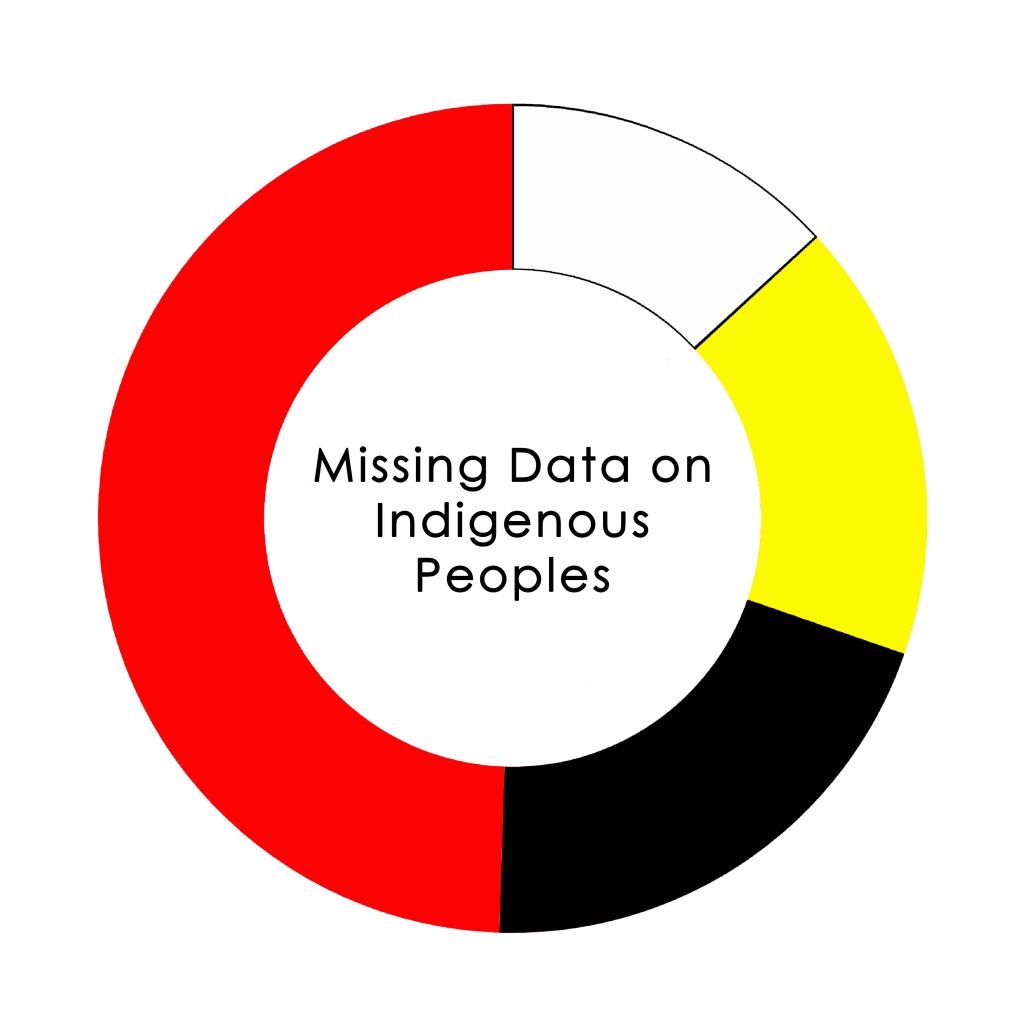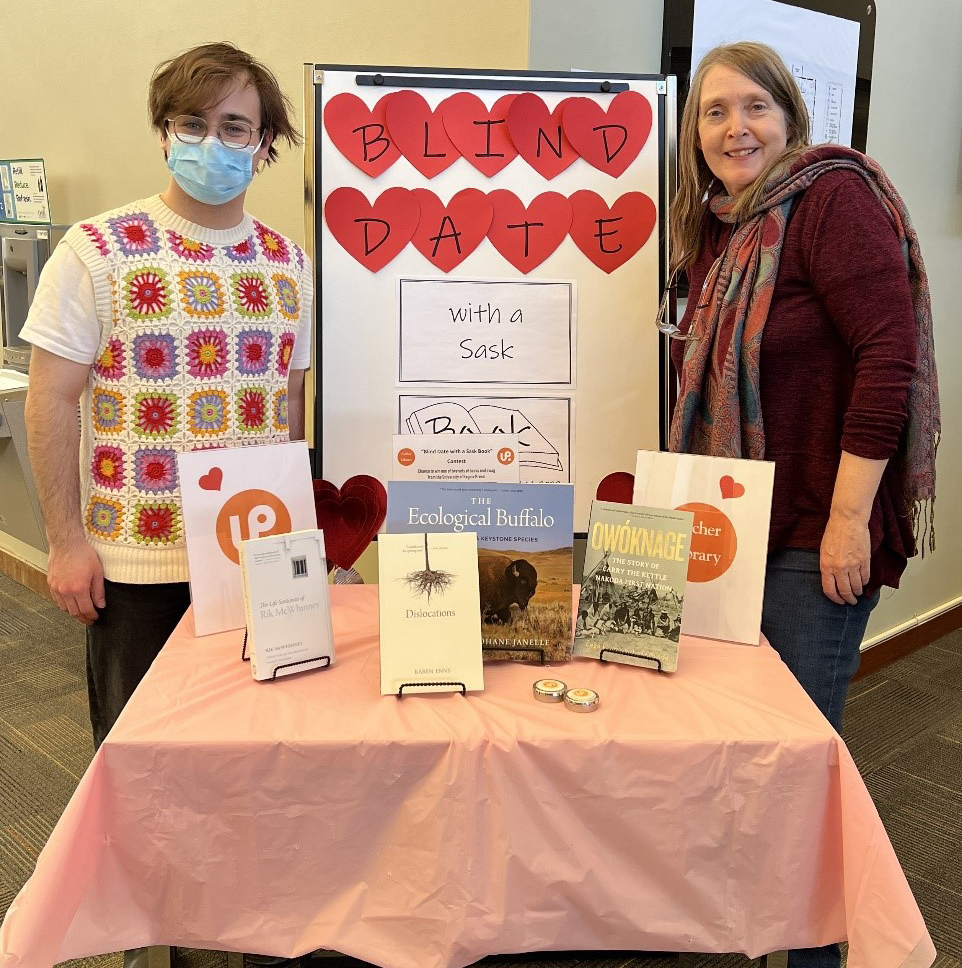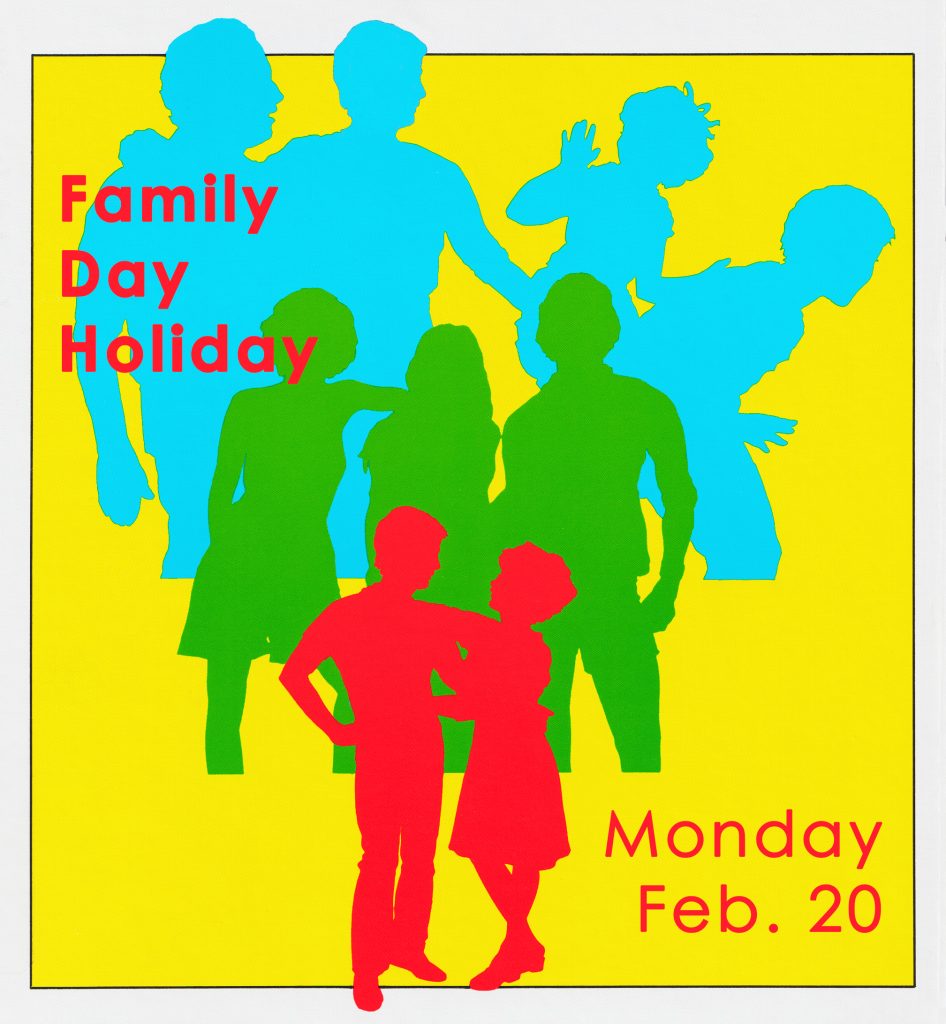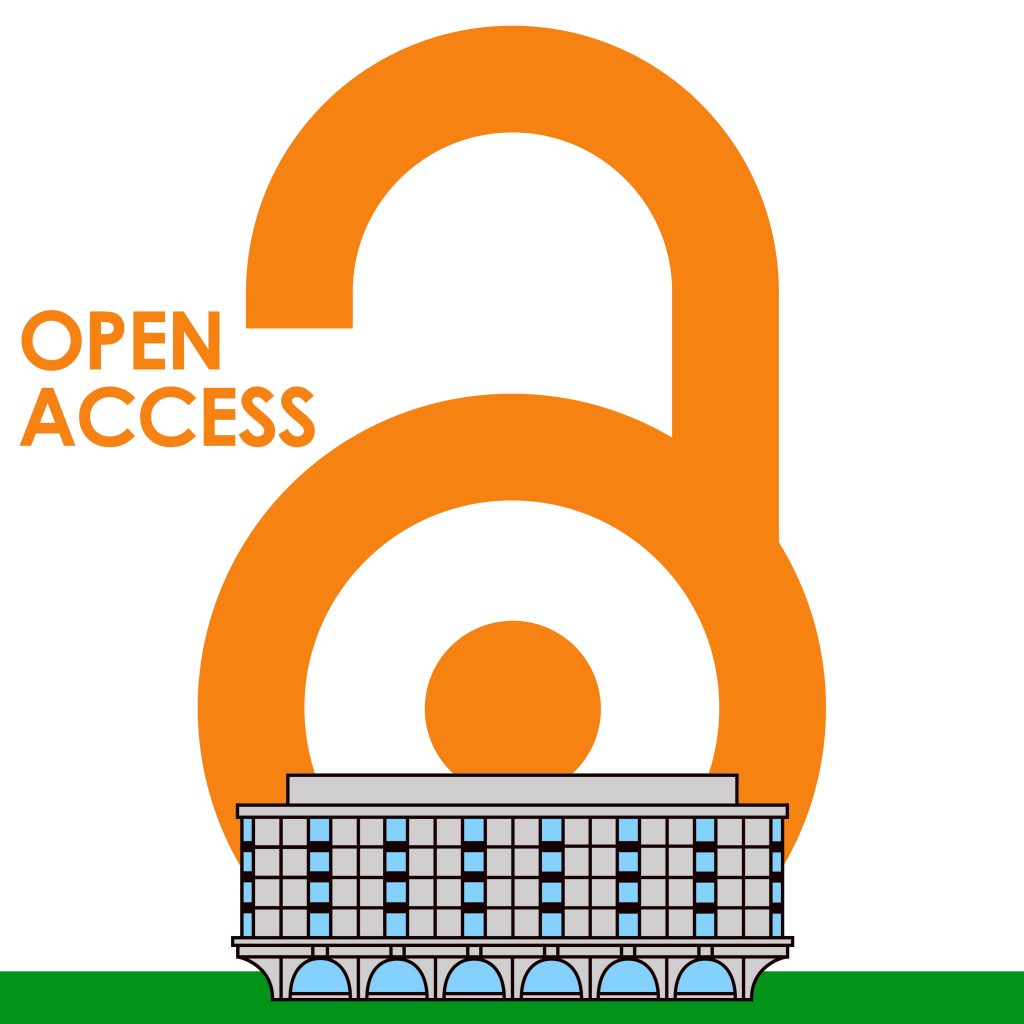Today is International Women’s Day, giving us pause to reflect on gender inequality, discrimination, and the opportunity to celebrate women’s achievements.

Today is International Women’s Day, giving us pause to reflect on gender inequality, discrimination, and the opportunity to celebrate women’s achievements.

– by Kaetlyn Phillips
Sometimes data are not missing or invisible because they have not been collected, they’re invisible because they’re being protected. In many cases, data on Indigenous communities are not always accessible because Indigenous peoples have data sovereignty; meaning, they have the right to control the collection, storage, and access to their data.
In the most recent Census of Canada, Statistics Canada reported difficulty collecting data on Indigenous Peoples. Thirty-eight First Nation communities were not enumerated due to pandemic restrictions or forest fires. However, 25 First Nation communities did not give permission for census enumeration to take place. This demonstrates how data can be missing due to in order to protect data sovereignty. First Nations that decline census enumeration are choosing to opt out of a colonial system, which allows the individual communities to collect their own data and control how these data are used.
As we move towards further decolonization and reconciliation, the need to uphold Indigenous data sovereignty becomes more evident. Due to colonialism and racism, historically data sovereignty was violated. The prevailing practice was research conducted on Indigenous peoples instead of with Indigenous peoples. Often the research violated basic ethical practices such as informed consent and right to withdraw and in some cases was abusive and deadly to Indigenous peoples. Research was frequently conducted on Indigenous children forced into the residential school system. For example, the abusive research and data collection practices in the Nutrition Studies conducted in the 1940s and 50s. These studies involved Indigenous children being malnourished and starved so researchers could determine food guidelines. Not only were these practices grossly abusive, inhumane, and unethical, they are also still affecting the health of Indigenous peoples today.
As part of decolonization and reconciliation, Indigenous communities are working with researchers and government agencies to ensure Indigenous data sovereignty is respected. The Truth and Reconciliation Commission of Canada’s Report (TRC Report), the United Nations Declaration on the Rights of Indigenous Peoples (UNDRIP), the Global Indigenous Data Alliance CARE Principles (CARE), and the First Nations Principles of OCAP all require research with Indigenous peoples to uphold data sovereignty. The efforts to decolonize research and data will take time and practice, but ultimately will create better and more ethical research and data.

We’re happy to share that the latest, upgraded version of Quick Find is now available! Quick Find is the Dr. John Archer Library and Archives’ search interface, which includes millions of electronic and physical items. The latest version of Quick Find also includes some new features:
For more information on using Quick Find, see our Quick Find Search Guide or contact your subject librarian. If you have any feedback on Quick Find, please share that with us at https://uregina.eu.qualtrics.com/jfe/form/SV_1ML0gUPMNOfE4qG

Congratulation to our two winners of the Blind Date with a Sask Book contest, Ariston Bodnarchuk (photo 1) and Nicholas Antonini (photo 2), shown here with Blind Date Event organizer Corina van den Berg of the Archer Library. Ariston and Nicholas each won a set of books donated by the University of Regina Press.


The Archer Library Help Desk is a great place visit for beginning research. Our staff can help you out with:
• Finding articles
• Searching for books
• Booking study rooms
• Citation & Bibliography assistance
• Navigating databases
• Accessing class reserve readings
• Circulation of books and other loanable library materials
• Questions regarding library account and borrowing status
• And more!
Visit the Archer Library Help Desk (main floor) for more information.

Monday, February 20th is Family Day in Saskatchewan, which means the Archer Library will switch to holiday hours for that day. The library building, main Help Desk and the IT Support desk will be open from 12:00 pm until 4:45 pm only. The Archives Help Desk will be closed for the day.
We will resume regular operating hours on Tuesday, February 21st. Our hours for Reading Week are the same as usual.
Enjoy your long weekend!

Archer Library is pleased to offer and host the third consecutive semester of the University of Regina Anti-Oppression Book Club.
The first meeting for Winter 2023 will be Thursday March 9 from 2:00pm-3:00pm via Zoom, discussing the book The Curious Incident of the Dog in the Night-Timeby Mark Haddon. Additional sessions will be March 16th and 23rd from 2-3pm respectively, and attendees are welcome to participate in any or all sessions as they are available.
Information about the book club can be found here (including registration links for each session): https://library.uregina.ca/anti-oppressionbookclub
All staff and faculty are welcome. For more information contact Mary Chipanshi at mary.chipanshi@uregina.ca

We are pleased to announce two new trans-formative agreements with Canadian Science Publishing and Wiley. See link for full details and for other U of R author discounts.
https://www.uregina.ca/open-access/

The IT Support Desk located in Archer Library provides vital supports and services to our campus community. These services include:
• Printing, Copying and Scanning
• Wireless Setup
• Wifi Setup
• Log in & Password Details
• Virus Removal
• UR Courses & UR Self-Service Navigation
• Software Inquiries.
Visit the IT Support Desk in the Archer Library (Main Floor) for more information.

We were thrilled to have the chance to participate in this year’s Saskatchewan Archives Week video series. Follow the link below for a behind-the-scenes tour of the U of R Archives. Thanks to the Saskatchewan Council for Archives & Archivists and On Reel Media for helping us put the video together! Happy Archives Week!
https://mailchi.mp/4245f0e04780/aw2023videos-9300773
